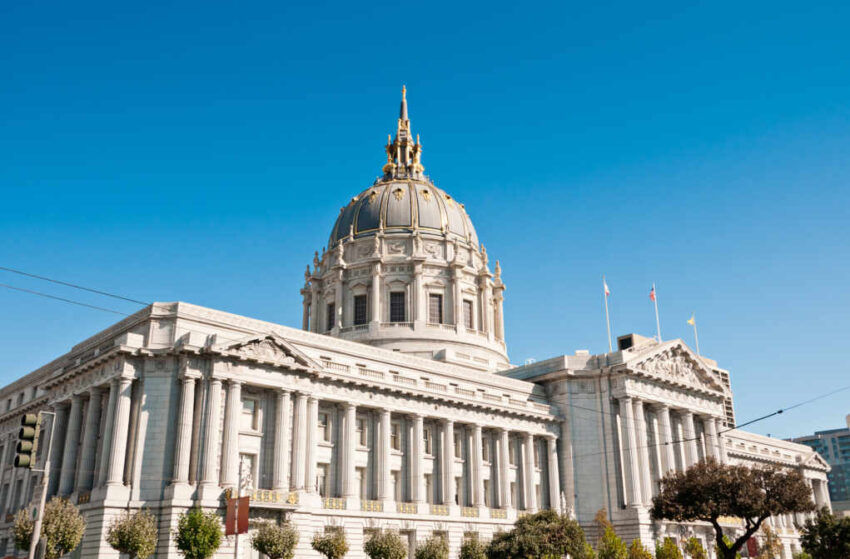As crime, addiction, and homelessness surge in San Francisco, city leaders are investing taxpayer dollars into bug sanctuaries, raising questions about their sense of urgency—and reality.
At a Glance
- San Francisco is funding pollinator sanctuaries amid deep urban crises
- The Calibird Pollinator Sanctuary sits in Bayview, one of SF’s most blighted areas
- Activist Isaiah Powell co-founded the project via his nonprofit, Dragonspunk
- City environmental agencies continue allocating resources to climate-oriented projects
- Residents and critics question funding priorities as basic services deteriorate
Bugs Before Basics?
In a city wracked by homelessness, street violence, and drug overdoses, San Francisco’s decision to invest in pollinator sanctuaries is drawing sharp criticism. The latest flashpoint: the Calibird Pollinator Sanctuary, created in 2020 in Bayview-Hunters Point—an area better known for poverty and pollution than pollination.
The sanctuary was launched by Dragonspunk, a nonprofit co-founded by Isaiah Powell. Backed by the San Francisco Environment Department, the project aims to fuse “food justice” with ecological education by transforming scorched urban lots into bee habitats and gardens. While the concept may sound benign, critics argue it’s symbolic of a city government that prioritizes aesthetics over urgent social need.
Watch a report: How bees became a political flashpoint in San Francisco.
The Cost of Climate Branding
San Francisco’s green policies are not new, but the mismatch between lofty environmental goals and basic public dysfunction has never been more pronounced. With rising crime, homelessness, and a hollowed-out downtown, even residents sympathetic to sustainability question whether projects like Calibird address the real crisis.
Powell defends the initiative, saying it tackles long-standing environmental neglect in marginalized communities. “Pollution causes poor health in the community,” he explained in an interview, citing Bayview’s sunny climate and year-round growing potential. The sanctuary also claims to demonstrate climate solutions like carbon-sequestering native plants.
But these benefits have done little to quiet growing frustration among San Franciscans who feel trapped in a city that can fund bee sanctuaries but not safe sidewalks or functioning services.
Pollinators vs. Public Order
The $14 billion city budget allocates tens of millions toward green infrastructure, yet entire blocks remain blighted by open-air drug markets and vandalism. To critics, projects like Calibird represent what they call San Francisco’s “eco-theater”: initiatives that offer media-friendly visuals but little substantive relief.
A CBS News feature on Powell’s work spotlighted community gardening efforts but sidestepped the broader question: why are struggling neighborhoods offered gardens instead of structural solutions?
Supporters argue that urban green spaces improve mental health and resilience. But without accompanying investments in safety, sanitation, and housing, these feel-good projects risk appearing more like taxpayer-funded distractions than community renewal.
As Earth Day 2025 approaches, San Francisco might ask itself whether saving bees is worth more than saving neighborhoods. Until then, the city remains a cautionary tale of progressive intent colliding with urban reality.
Click this link for the original source of this article.
Author: Editor
This content is courtesy of, and owned and copyrighted by, https://deepstatetribunal.com and its author. This content is made available by use of the public RSS feed offered by the host site and is used for educational purposes only. If you are the author or represent the host site and would like this content removed now and in the future, please contact USSANews.com using the email address in the Contact page found in the website menu.








